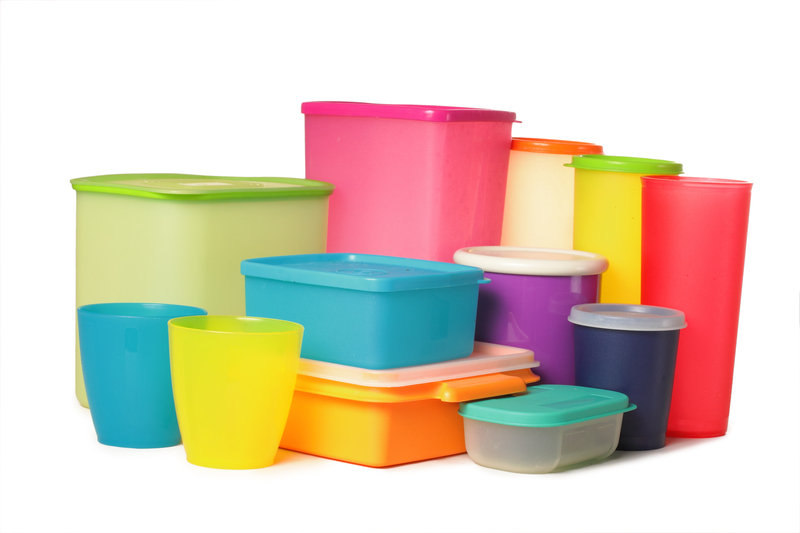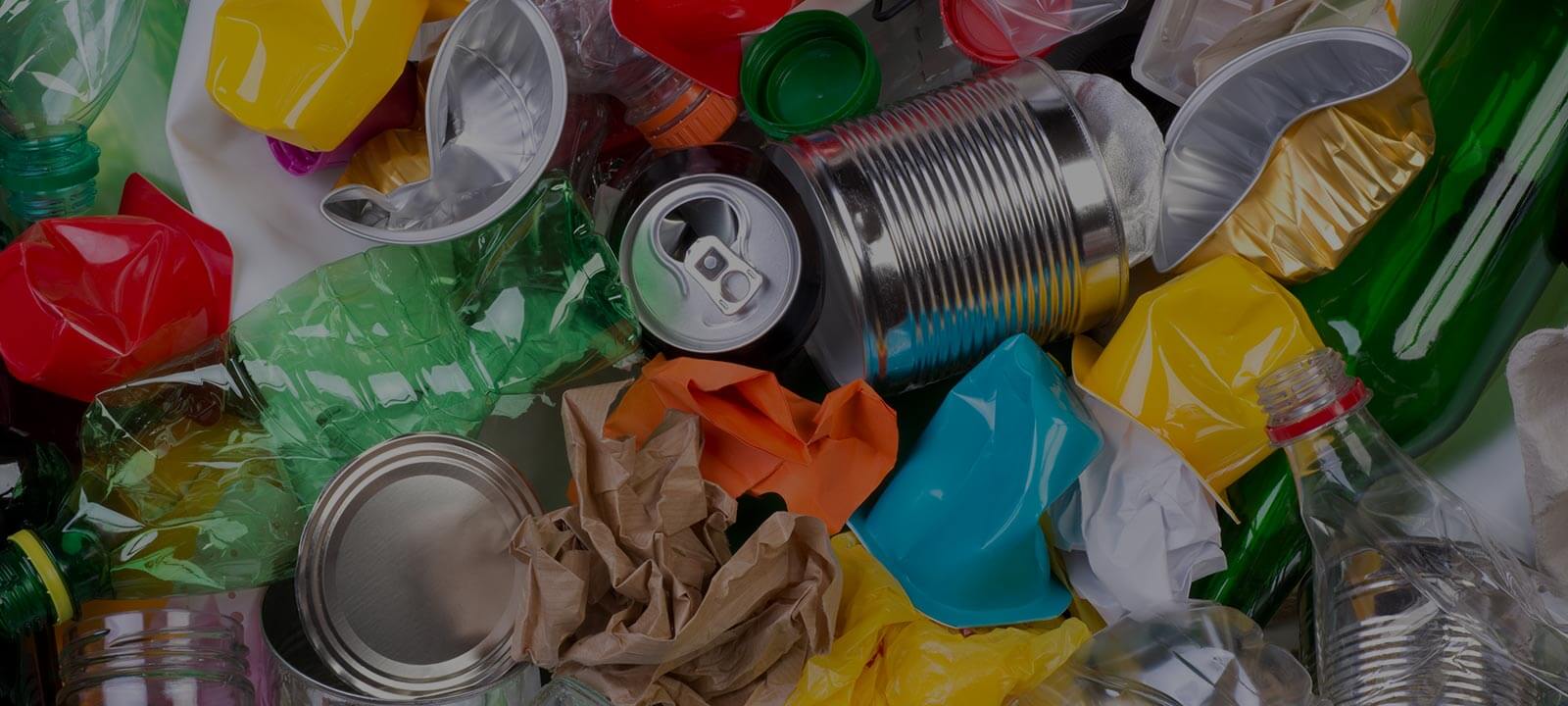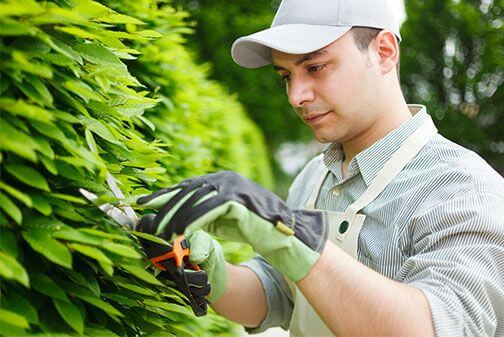Bacteria Growth from Ineffective Waste Disposal
Posted on 23/09/2025
Bacteria Growth from Ineffective Waste Disposal
Waste disposal is a critical aspect of maintaining public health and environmental integrity. Ineffective waste management, however, can lead to a host of problems, one of the most significant being the proliferation of harmful bacteria. This article delves into the mechanisms through which bacteria thrive due to poor waste disposal practices, the health risks involved, and the ways to mitigate these issues.
The Science of Bacterial Growth
Bacteria are microscopic, single-celled organisms that exist virtually everywhere on Earth. They thrive in various environments, including soil, water, and even the human body. However, certain conditions significantly boost bacterial growth rates, such as the presence of organic materials, moisture, and warmth. Waste disposal sites offer an abundance of these factors, providing a perfect breeding ground for bacteria.
Waste materials, particularly those of organic nature like food scraps, yard waste, and sewage, contain the nutrients that bacteria need to survive. When these wastes are not disposed of properly, they accumulate and decompose, creating an environment rich in organic matter and moisture. Consequently, bacteria such as *Escherichia coli*, *Salmonella*, and *Staphylococcus aureus* can multiply rapidly.

Health Risks from Bacterial Proliferation
The unchecked growth of bacteria due to ineffective waste disposal poses several health risks. These bacteria can cause various diseases and infections if they contaminate water supplies, soil, or even the air. Water contaminated with pathogens can lead to outbreaks of diseases such as cholera, dysentery, and typhoid fever. Likewise, contaminated soil can affect crops, leading to the ingestion of harmful bacteria through the food chain.
Moreover, waste disposal sites can attract pests like rodents and insects, which can act as vectors for bacterial transmission. The bacteria not only thrive on waste but can also spread through these pests, further escalating health risks.
Environmental Impact of Bacterial Growth in Waste Sites
The environmental impact of bacterial proliferation in waste disposal sites extends beyond public health issues. When waste decomposes anaerobically (in the absence of oxygen), it produces harmful gases like methane and carbon dioxide, contributing to climate change. Additionally, these gas emissions can carry bacteria into the air, further dispersing them into surrounding environments.
Moreover, leachate, the liquid that drains from waste materials, can permeate into the soil and nearby water bodies. This contaminated leachate often contains high levels of harmful bacteria, which can severely damage aquatic ecosystems and reduce biodiversity. The bacterial contamination can also affect soil quality, making it less fertile and posing problems for agricultural use.
Ineffective Waste Disposal Practices
Several waste disposal practices contribute to the proliferation of bacteria. Open dumping, in particular, is a significant issue. This method involves discarding waste in open spaces without any treatment or covering, allowing bacteria to thrive and spread easily. Additionally, inadequate landfill management, where waste is not properly compacted or covered, can result in similar outcomes.
Improper sewage treatment is another critical factor. Sewage contains a high concentration of organic materials and bacteria. When not treated effectively, sewage can contaminate water bodies and soil, leading to bacterial growth and spread.
Strategies to Mitigate Bacterial Growth from Waste Disposal
Addressing the issue of bacterial growth from ineffective waste disposal requires a multifaceted approach. First and foremost, improving waste management practices is essential. This can be achieved through the following strategies:
Proper Waste Segregation
Segregating waste at the source into categories such as organic, recyclable, and hazardous helps in efficient disposal and treatment. Organic waste can be composted, reducing the amount that ends up in landfills and, consequently, the organic matter available for bacterial growth.
Advanced Landfill Management
Ensuring that landfills are properly managed with waste compaction and regular covering can significantly reduce the conditions favorable for bacterial proliferation. Modern landfills also incorporate leachate collection and treatment systems to prevent soil and water contamination.
Effective Sewage Treatment
Investing in advanced sewage treatment plants is crucial. These facilities can treat sewage to eliminate harmful bacteria before the treated water is discharged into the environment. Additionally, ensuring that communities have access to proper sanitation facilities can reduce the direct human contact with untreated waste.
Public Education and Awareness
Raising public awareness about the importance of proper waste disposal and the risks associated with ineffective practices can encourage more responsible behavior. Educational campaigns can highlight how individuals and communities can contribute to better waste management.

Technological Solutions for Waste Management
Technological advancements offer promising solutions to enhance waste management and reduce bacterial proliferation. Techniques such as anaerobic digestion and waste-to-energy conversion can treat organic waste effectively. Anaerobic digestion breaks down organic materials in oxygen-free environments to produce biogas, which can be used as a renewable energy source, simultaneously reducing waste volume and producing less harmful byproducts.
Another innovative solution is the use of bio-filters and constructed wetlands for treating waste leachate. These natural treatment systems utilize plants and microbial activities to cleanse contaminated water, reducing bacterial loads before discharge into the environment.
Conclusion
The proliferation of bacteria from ineffective waste disposal is a pressing issue that affects both public health and the environment. Understanding the conditions that favor bacterial growth and implementing effective waste management strategies are crucial steps in addressing this challenge. Through proper waste segregation, advanced landfill management, effective sewage treatment, and public awareness, we can mitigate the health and environmental risks posed by bacterial contamination.
Technological solutions further provide innovative avenues to enhance waste management practices, ensuring a cleaner and safer environment for future generations. By adopting a comprehensive and responsible approach to waste disposal, we can significantly reduce the proliferation of harmful bacteria and protect public health and the ecosystem.






